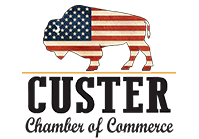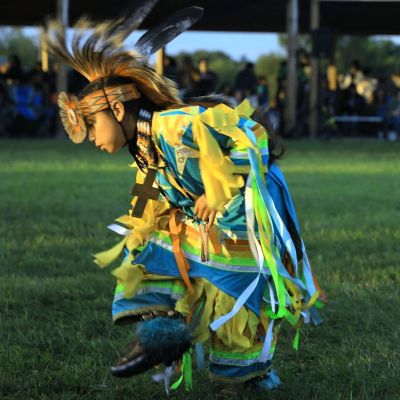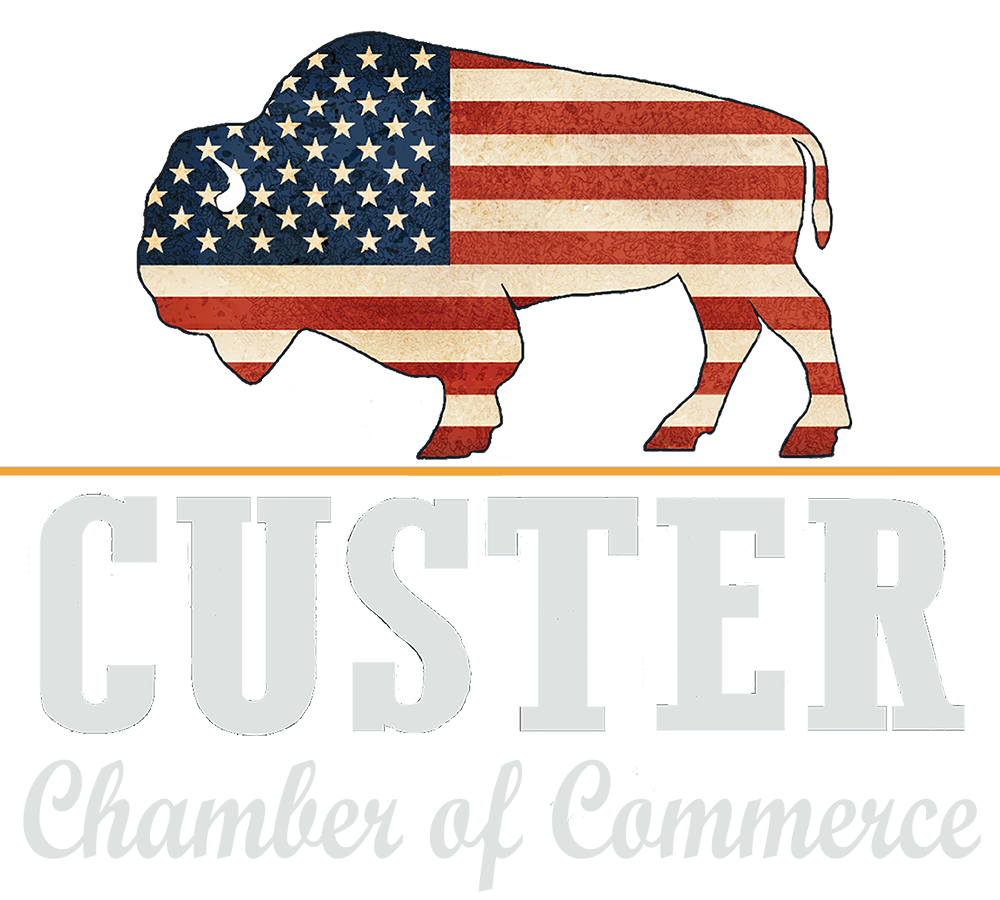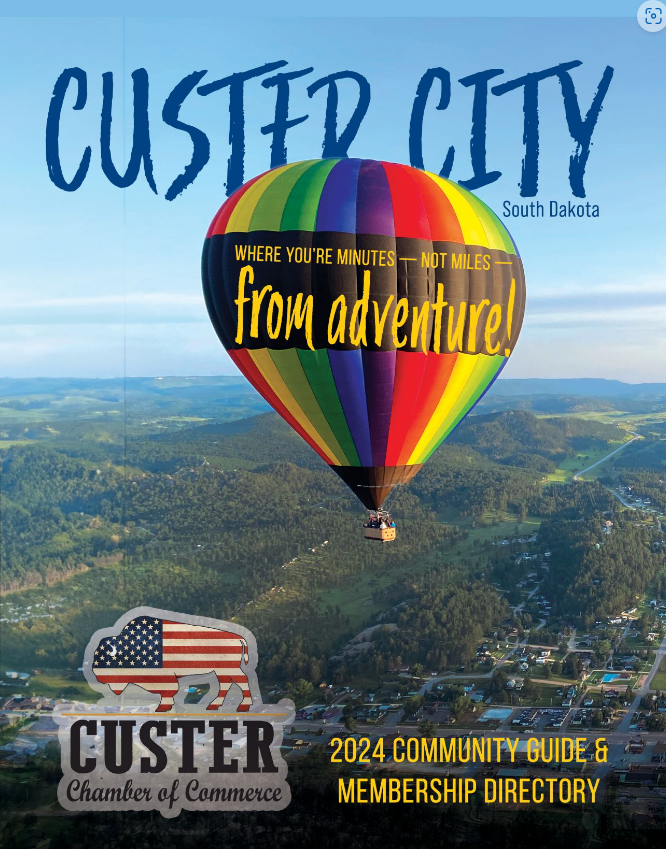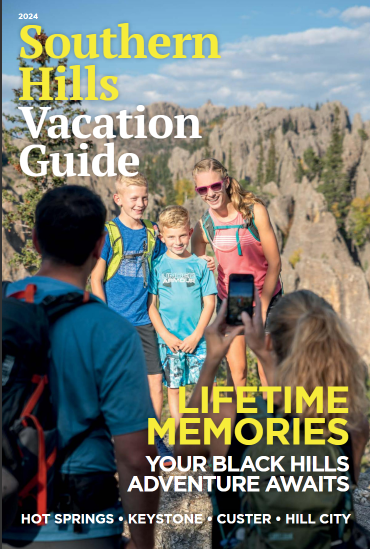| THE LAKOTA – PART 2 Written by Fred Baumann May 11, 2020 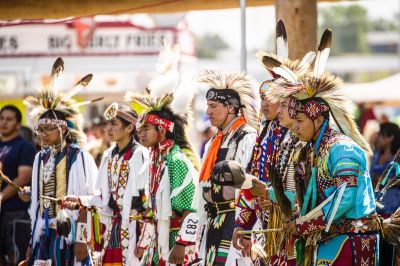 THE LAKOTA – PART 2 of 2 Resources | BRIDGES OF CUSTER COUNTY March 27, 2024 Groundhog Day! Written by Andrea Spaans February 1, 2024  Plan for Vacation Day Written by National Day Calendar January 29, 2024 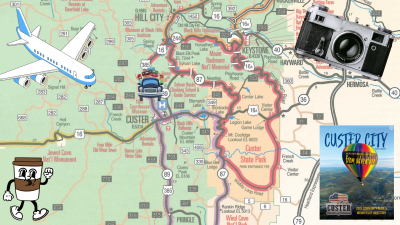 Christmas Lights December 20, 2023 Holidays in the Hills November 22, 2023 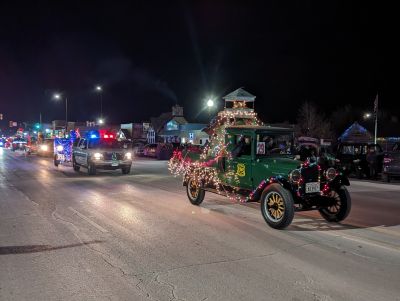 |

|
||||
|
|
||||
